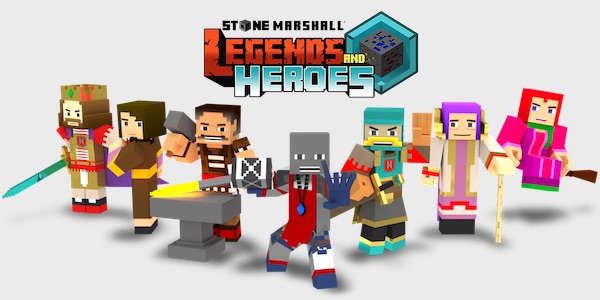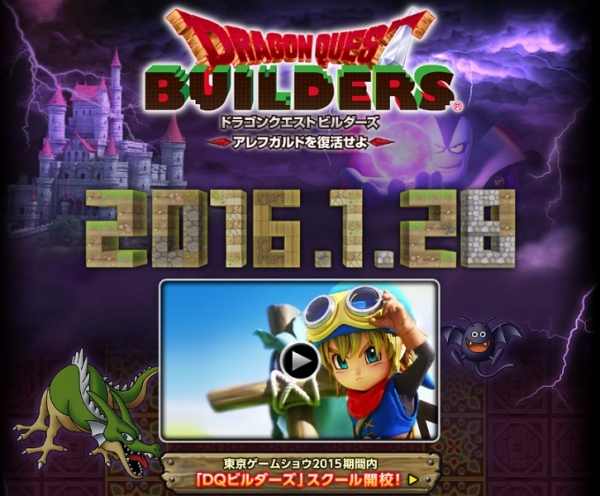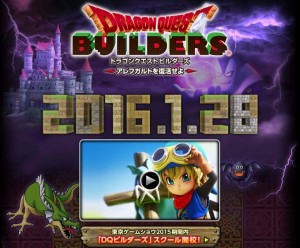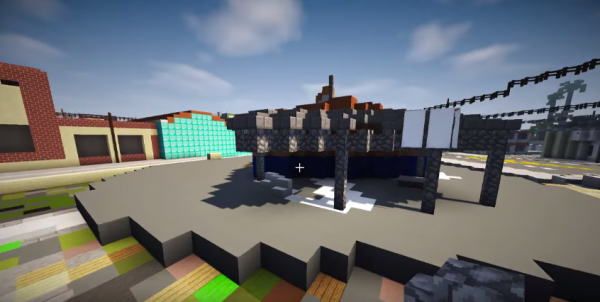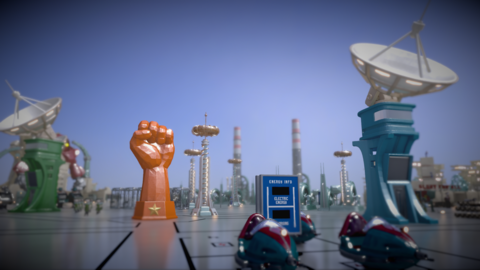Because Minecraft is all the craze at some of the local libraries here in Tompkins County, Groton Public Library and Southworth Public Library were lucky enough to have Fay Wolfe come visit.
How old are you?
I am eighteen years old.
Where are you from?
I am from West Kingston, Rhode Island, and I currently attend the University of Rhode Island.
When did you start writing?
I’ve been writing short stories for as long as I can remember; when I was in elementary school I would write short stories in the back of my notebooks.
When did you start writing these books?
I began writing the Elementia Chronicles in early 2012, not long after the release of the official version of Minecraft. I was 14 years old at the time.
How did you come up with the idea?
I came up with the idea of the Elementia Chronicles through playing Minecraft on online servers. I see Minecraft as more of a virtual world than a video game, and I figured that this virtual world would make a fascinating place to set a story. I came up with the idea of a story of new players fighting against the greedy older players, and proceeded to outline a detailed plot that turned into Quest for Justice. Halfway through writing Quest for Justice, I decided to continue the story, and I planned out two sequels.
Did it surprise you to watch it have the success that it has?
I’ve been amazed and grateful that the series has had so much success. I figured that there would be a lot of people, especially kids, willing to give it a try because it’s based on Minecraft, but I never imagined the book would have such positive critical reception, or that it would get this big.
What was it like having them be picked up by a major publisher?
I still can’t totally believe that I’ve been picked up by Harper Collins. They have expertise and resources that I never had access to when I was self-published, and I can’t thank them enough for believing in me.
Personally, what are you most proud of about the books ?
I’m most proud of the books for having a story that isn’t totally dependent on the fact that it’s set in the world of Minecraft. I attempted to write a story that would be interesting even if it was disconnected from the game, and I think that I succeeded.
What are you hoping to accomplish when you come visit libraries like Groton and Dryden?
By visiting schools and libraries, there are two things that I would like to accomplish. I would like to spread the word about my trilogy. Also, I want to teach people about the process of writing a story, and how to start if you’re not sure how. I have found that I really enjoy teaching (I hope to be a teacher if I don’t end up being a full-time writer). .
What book are you currently writing or want to write next? — More Minecraft, or something else?
My next book will be part of a new middle-grade action-adventure series, independent from the Elementia Chronicles series. It will not take place in the world of Minecraft, or any other video game, but rather a totally original world. Without giving too much away, the book series tells of two twins who traveling back and forth between our world and an alternate realm, and learn magic to fight off an ancient evil while adapting to a new town and school. I also have another book in the works, this one a Young Adult novel that I started in the middle of the Elementia Chronicles series. This book is a stand-alone title about a teenage girl who starts seeing spectral spirits that she soon learns are the cause of death, and takes it upon herself to learn how to destroy them.
What is one piece of advice you would give to young writers?
One of the hardest things about writing a story is to constantly make it interesting and engaging. My biggest piece of advice is to draw from real life experience in your writing. Interesting things happen to us every day, and we can draw from those experiences to make the book more engaging; since you’re writing based on something that’s actually happened to you, you can be more detailed since you’re describing your own experiences. For example, the characters in the Elementia Chronicles are based on the different types of people that I found when playing on Minecraft servers.
Is there anything you’d like to add that these questions didn’t cover but you feel like might be relevant to your story?
I would love to be a full-time writer eventually, and use my writing to expand ‘s mindsets by helping them look at the world in different ways through fiction. If I’m not able to write full time, then I will pursue a career as an elementary school teacher. This is because, through my book presentations at Elementary Schools, I learned that I really love working with kids.

